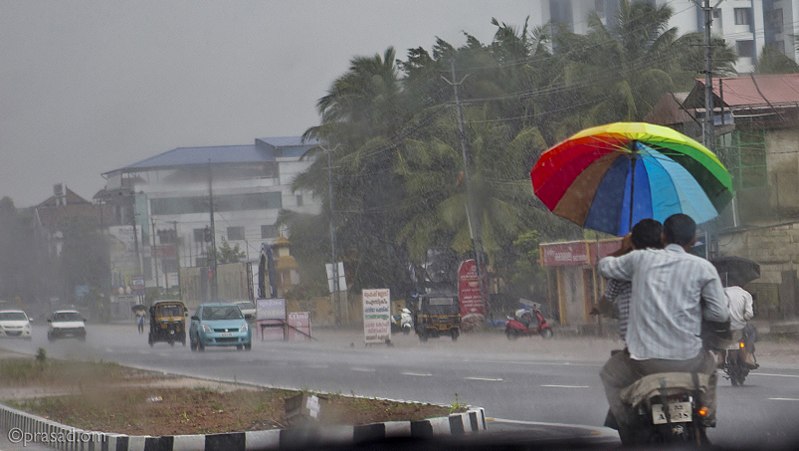Monsoon rainfall has profound economic and societal impacts for more than two-thirds of the global population. A new article, published in the Bulletin of the American Meteorological Society, reviews the current knowledge on detection, attribution, and projection of global and regional monsoons under climate change.
Using data from the World Climate Research Programme Coupled Model Intercomparison Project (CMIP) to simulate global monsoon intensity and precipitation, the authors report that there is high confidence that the frequency and intensity of monsoon extreme rainfall events will increase, alongside an increased risk of drought in some regions. They predict that land monsoon rainfall will increase in South Asia, East Asia, and northern Africa, that it will decrease in North America, and that it will remain unchanged in the Southern Hemisphere. Over the Asian-Australian monsoon region, the rainfall variability is projected to increase on daily to decadal scales. The rainy season will likely be lengthened in the Northern Hemisphere due to late retreat (especially over East Asia), but shortened in the Southern Hemisphere due to delayed onset.
To access this open-access article, see:
 Wang, B., and Coauthors, Monsoons Climate Change Assessment. Bull. Amer. Meteor. Soc., doi: https://doi.org/10.1175/BAMS-D-19-0335.1.
Wang, B., and Coauthors, Monsoons Climate Change Assessment. Bull. Amer. Meteor. Soc., doi: https://doi.org/10.1175/BAMS-D-19-0335.1.

Image: Wikipedia Commons

